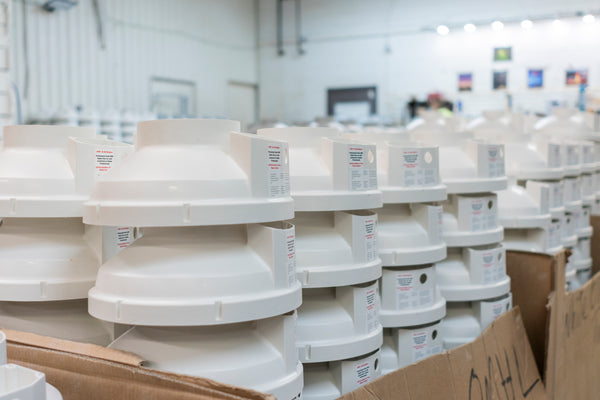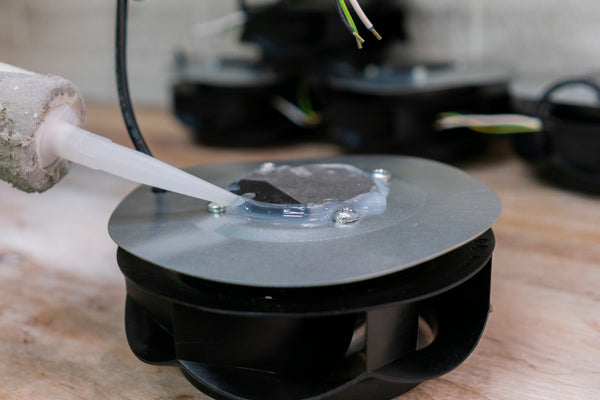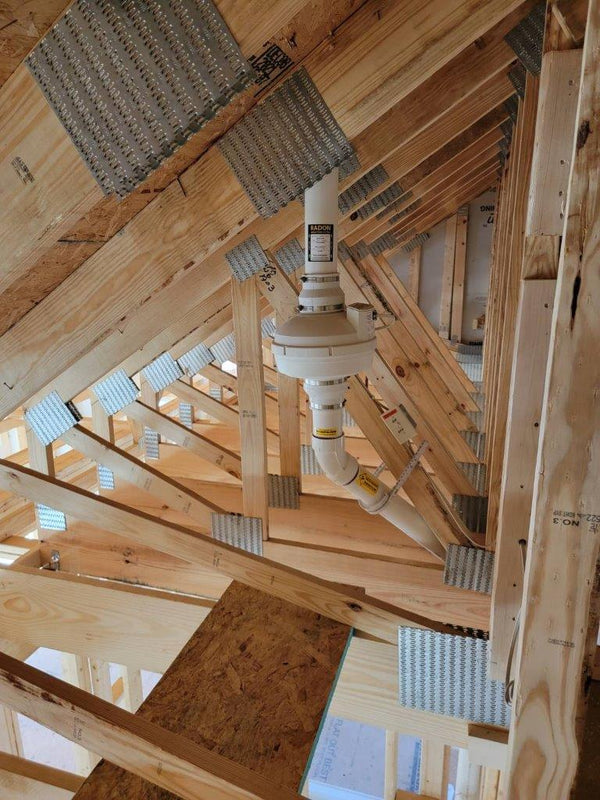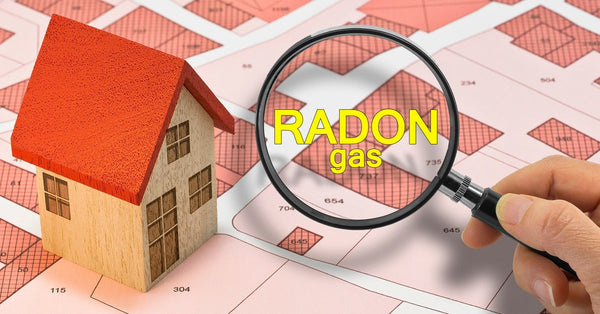
Short-Term vs. Long-Term Radon Testing Explained
Radon is an invisible threat that every homeowner should be aware of. This naturally occurring radioactive gas can seep into your home and pose significant health risks if left unchecked. The first step toward protecting your household is testing for radon, but many homeowners struggle to choose between different testing methods.
This guide will explain short-term versus long-term radon testing to help you understand how each option works, their differences, and which method might suit your needs best. By the end, you’ll feel confident in choosing a radon test for your home.
How Radon Levels Change Indoors
Before comparing radon tests, it’s essential to understand the factors that influence indoor radon levels. Radon concentration can vary widely based on the following:
- Home construction: Your home’s foundation type and its overall layout can influence radon entry points. For example, a crawl space, a cracked foundation wall, and a sump pit are all features that can increase your home’s radon levels.
- Geographical location: Certain regions have higher levels of radon due to local soil composition. The EPA provides regional maps to help identify high-risk zones.
- Weather conditions: Daily weather changes, such as temperature shifts and barometric pressure, can cause radon levels to fluctuate throughout the day. Seasonal changes such as frozen ground in winter or heavy rain in spring can increase indoor radon levels.
What Is a Short-Term Radon Test?
A short-term radon test is designed to provide a quick view of radon levels in your home. This test typically lasts anywhere from two to ninety days and involves placing a testing device in a key area, such as the basement or in a living area that’s located directly above a crawl space. Charcoal canisters are the most common type of short-term test.
What Is a Long-Term Radon Test?
A long-term radon test measures radon levels over an extended period, ranging from three months to one year. These tests provide a more detailed picture of your home’s average radon concentration. Alpha track and electret ion chamber detectors are common types of long-term tests.

Testing Duration and Accuracy
One of the key differences between short-term and long-term radon tests is duration. The timeline of the test directly impacts its accuracy. Short-term tests provide a momentary reading, but they are easily influenced by the weather that week or the number of times you open doors or windows. Long-term tests smooth out these fluctuations, offering an average reading over three months or longer, which is critical for assessing long-term radon exposure risks.
If you’re looking for the most precise analysis of your home’s radon levels and are prepared to wait, long-term testing is unquestionably the superior option. However, if you’ve never tested before, a short-term radon test can provide a preliminary result in a week.
Cost Considerations
Cost plays an essential role for homeowners deciding between testing methods. Short-term kits are more affordable upfront, but the trade-off lies in reduced reliability.
Short-term kits are affordable and often include prepaid postage. Once the lab receives the sample, you’ll get a lab analysis report. Long-term kits typically cost twice as much and include a prepaid return mailer. A lab will also send you a report with the results.
Ease of Use and Convenience
Both short-term and long-term radon tests are beginner-friendly. Typically, you’ll place the test in the lowest livable area, such as a basement, following the instructions provided. Short-term and long-term tests are both easy to use. They can be purchased at most hardware stores or online.
Speed of Results
If urgency is your priority, short-term testing is the ideal solution, as it provides results in fewer than ten days, including the mailing time to a lab. These tests are designed to deliver quick data, making them perfect for situations where time is limited. On the other hand, long-term testing takes more time by design, as it is intended to capture more comprehensive and meaningful data over an extended period.
For scenarios such as real estate transactions, meeting regulatory compliance requirements, or addressing urgent diagnostic needs, short-term tests offer the speed and efficiency you need to make timely decisions.
Monitoring Radon Fluctuations
Radon levels don’t stay constant. They may spike during particular hours due to barometric pressure changes or habits such as opening windows. For homeowners curious about long-term exposure risks, short-term results may not provide an accurate picture of the overall radon levels in a home. Long-term tests also offer better insights into seasonal fluctuations.

Deciding Between Short-Term and Long-Term Radon Testing
To decide which test is right, here’s a summary of the pros and cons.
Pros and Cons of Short-Term Testing
Short-term tests offer quick results, which is ideal for homeowners who need fast answers during a home sale or purchase. They’re also very affordable and often cost under $30, making them an easily accessible option.
However, because radon levels fluctuate naturally over time, short-term tests might not capture the most reliable average concentration. Short-term tests are highly sensitive to environmental changes, potentially skewing results.
Pros and Cons of Long-Term Testing
By monitoring radon levels over weeks or months, long-term tests account for daily fluctuations and seasonal changes, delivering more dependable results. Long-term tests reflect sustained exposure levels, allowing you to better assess potential risks.
The downside to these tests is that waiting for months isn’t feasible for immediate situations, such as real estate transactions or urgent safety concerns. Long-term test kits are also slightly more expensive than short-term alternatives.
Exploring Alternative Testing Options
Beyond the classic short- and long-term kits, there are other radon testing solutions available. Continuous radon monitors provide instant readings as well as weekly and monthly radon reports. Professional radon testing services utilize advanced equipment for comprehensive results. If your initial radon test showed concerning results, this is a great next step. A professional can seal foundation cracks with radon caulk or install a complete mitigation system, depending on your needs.
These alternatives are well-suited for homeowners seeking professional-grade precision or a simple way to monitor radon levels over time.
Now that we’ve explained short-term vs. long-term radon testing, you can decide which option is right for your situation. Radon is one risk you shouldn’t ignore. Test today, and take the first step in creating a safer, healthier home for your family.

